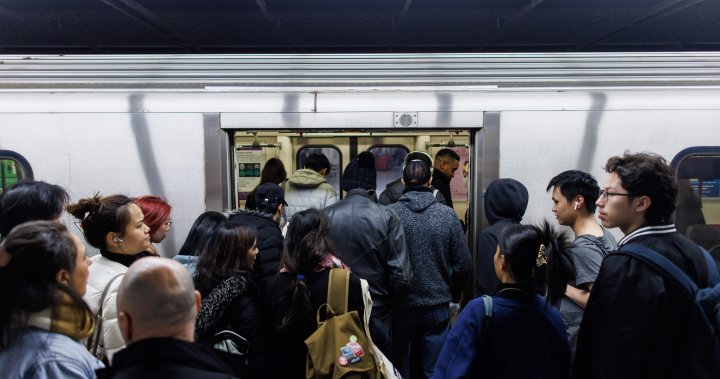Toronto’s 2025 Transit Budget: A Focus on Revitalization and Ridership Recovery
The Toronto Transit Commission (TTC) has unveiled its proposed 2025 budget, centered around stabilizing and enhancing the city’s public transit system. The budget prioritizes attracting riders back to the network, which experienced a decline during the pandemic, through service improvements and a fare freeze. The proposed budget represents a significant investment in Toronto’s public transportation infrastructure, aiming to address existing issues and pave the way for future expansion. The budget’s key components include increased service frequency, station improvements, targeted initiatives to address specific challenges, and a commitment to maintaining affordability for riders.
A cornerstone of the 2025 TTC budget is the commitment to a fare freeze. Recognizing the financial pressures faced by residents and the importance of making public transit accessible, the city has opted to hold fares steady. This decision aims to encourage ridership and alleviate the burden of rising living costs. By maintaining affordable fares, the TTC hopes to incentivize the use of public transit and contribute to reducing traffic congestion and greenhouse gas emissions. The fare freeze is coupled with a significant increase in service hours across the network, approximately six percent, leading to more frequent bus, streetcar, and subway service. This enhanced frequency will improve commute times, reduce overcrowding, and provide a more reliable and convenient transit experience for riders.
The increased service hours will also accommodate the anticipated opening of the Eglinton Crosstown LRT and Finch West LRT in 2025. These new lines will significantly expand the city’s transit network, providing crucial connections and improving accessibility to various parts of Toronto. The budget allocates resources to ensure the seamless integration of these new lines into the existing system and to provide the necessary operational support for their successful launch. This expansion represents a major step forward in modernizing Toronto’s transit infrastructure and enhancing connectivity for residents.
Beyond increased service frequency and new LRT lines, the TTC is investing in several key initiatives to improve the overall rider experience and address pressing issues. The budget includes a dedicated plan to target bus bunching, a common problem that leads to inconsistent service and passenger frustration. By allocating resources to address this issue, the TTC aims to improve reliability and predictability for bus riders. Furthermore, the budget earmarks $15 million for the rehabilitation of six key stations: Kennedy, Scarborough Town Centre, Lansdowne, Dundas, Finch, and Spadina. These improvements will focus on enhancing accessibility, safety, and overall station conditions.
A key aspect of the station rehabilitation program is the introduction of station supervisors at each of the six targeted stations. These supervisors will serve as points of contact for riders, providing assistance, addressing concerns, and ensuring the smooth operation of the stations. To further enhance communication and accountability, riders will be able to access information about the station supervisor, including their picture, and utilize QR codes to report issues or provide feedback. This initiative aims to create a more responsive and customer-centric environment within the TTC stations.
Recognizing the growing concerns about safety and security on the transit system, the budget also includes provisions for dedicated homeless outreach workers focusing on downtown streetcars. This initiative aims to provide support and resources to individuals experiencing homelessness who are seeking shelter on the transit system, while also addressing the concerns of riders and ensuring a safe and comfortable environment for everyone. This approach reflects a commitment to addressing the complex social issues that intersect with the transit system and providing compassionate solutions.
In financial terms, the proposed 2025 TTC budget reflects a significant increase in operating costs, rising by $85 million to a total of $2.8 billion. The 10-year capital budget has also been revised upwards and is now projected to cost over $16 billion. These substantial investments underscore the city’s commitment to prioritizing public transit and modernizing its infrastructure. However, it is important to note that the proposed budget is not yet finalized and will be subject to further review and approval as part of the broader Toronto budget plan, which is scheduled to be unveiled shortly. The finalization of the budget will involve careful consideration of the city’s overall financial situation and priorities, ensuring that the allocated funds are used effectively and efficiently to improve the TTC for all Torontonians. The proposed budget represents a significant step towards revitalizing Toronto’s transit system and attracting riders back to the network. By focusing on service improvements, station enhancements, and targeted initiatives to address specific challenges, the TTC aims to create a more reliable, convenient, and accessible transit experience for all riders. The fare freeze is a crucial element of this strategy, ensuring that public transit remains an affordable and viable option for residents. The success of these initiatives will be crucial in driving ridership growth, reducing traffic congestion, and contributing to a more sustainable and livable city.

